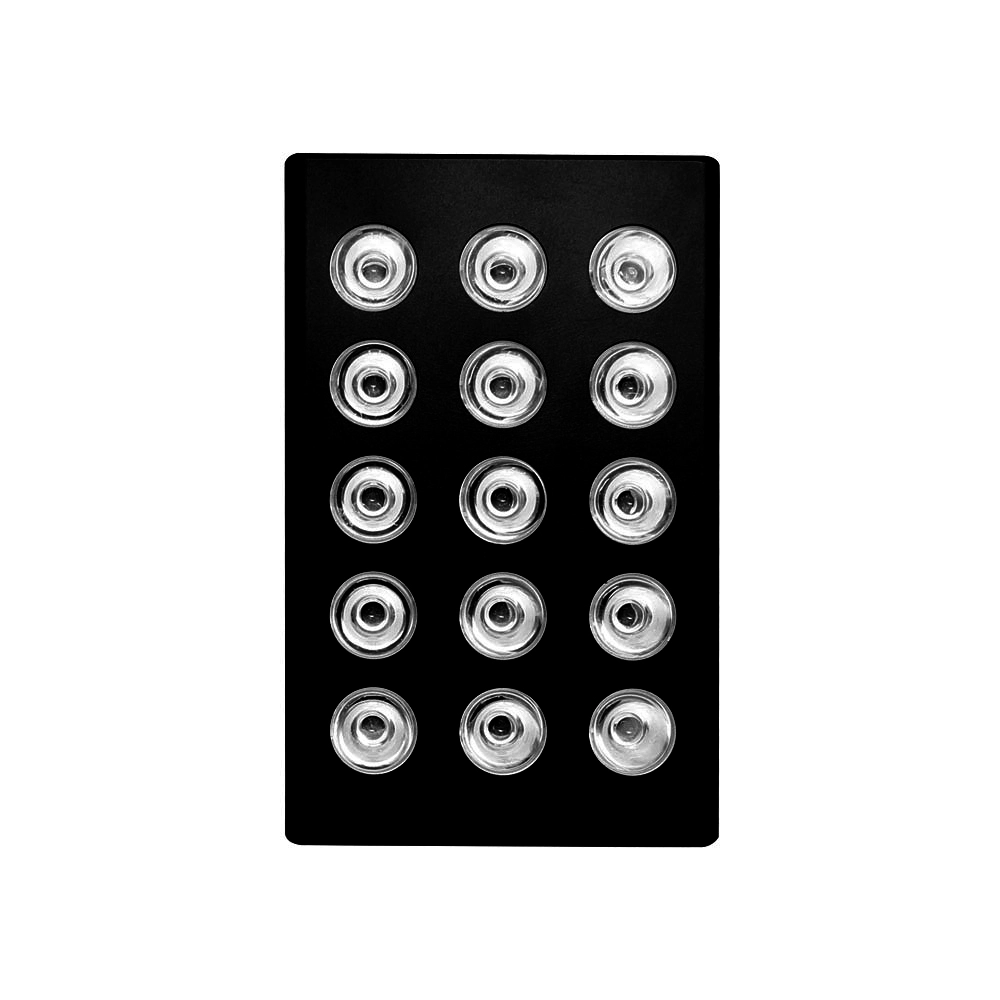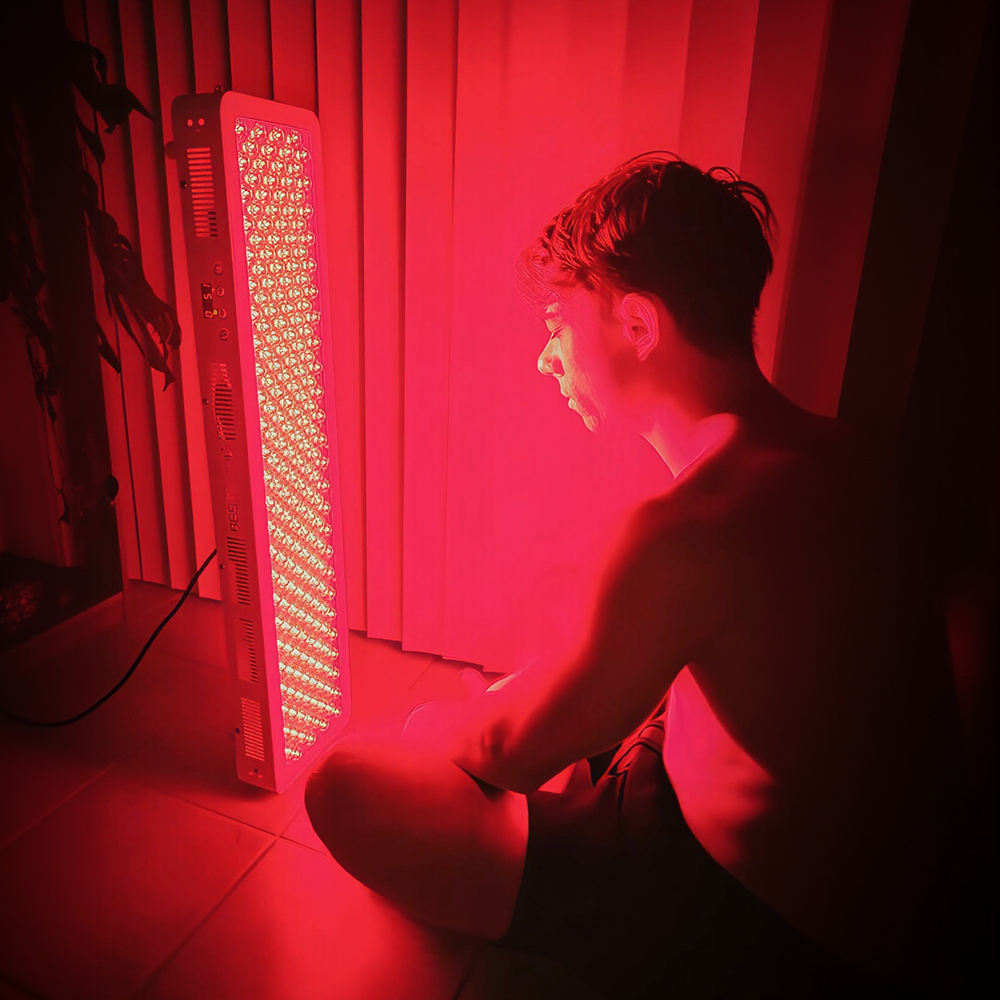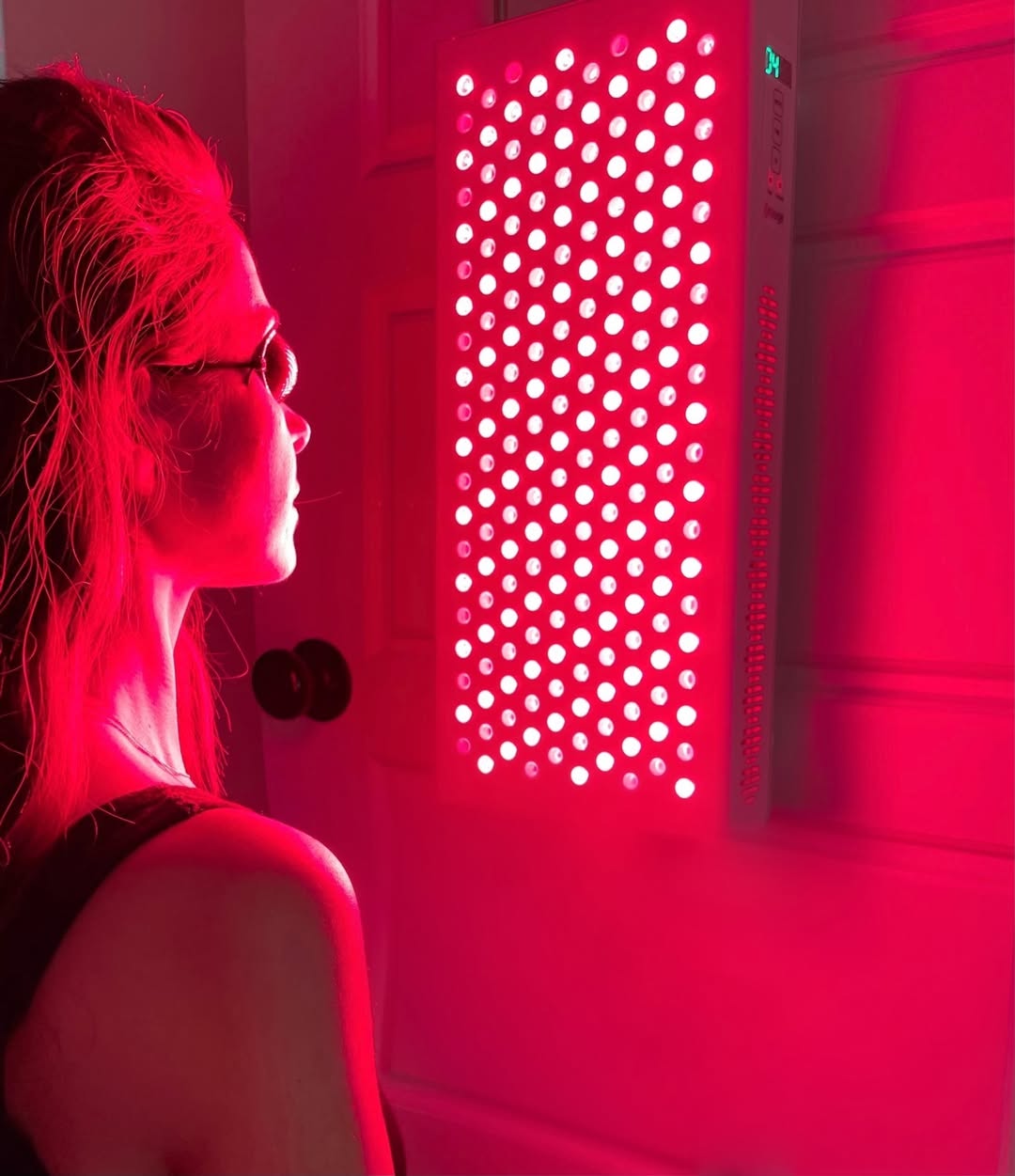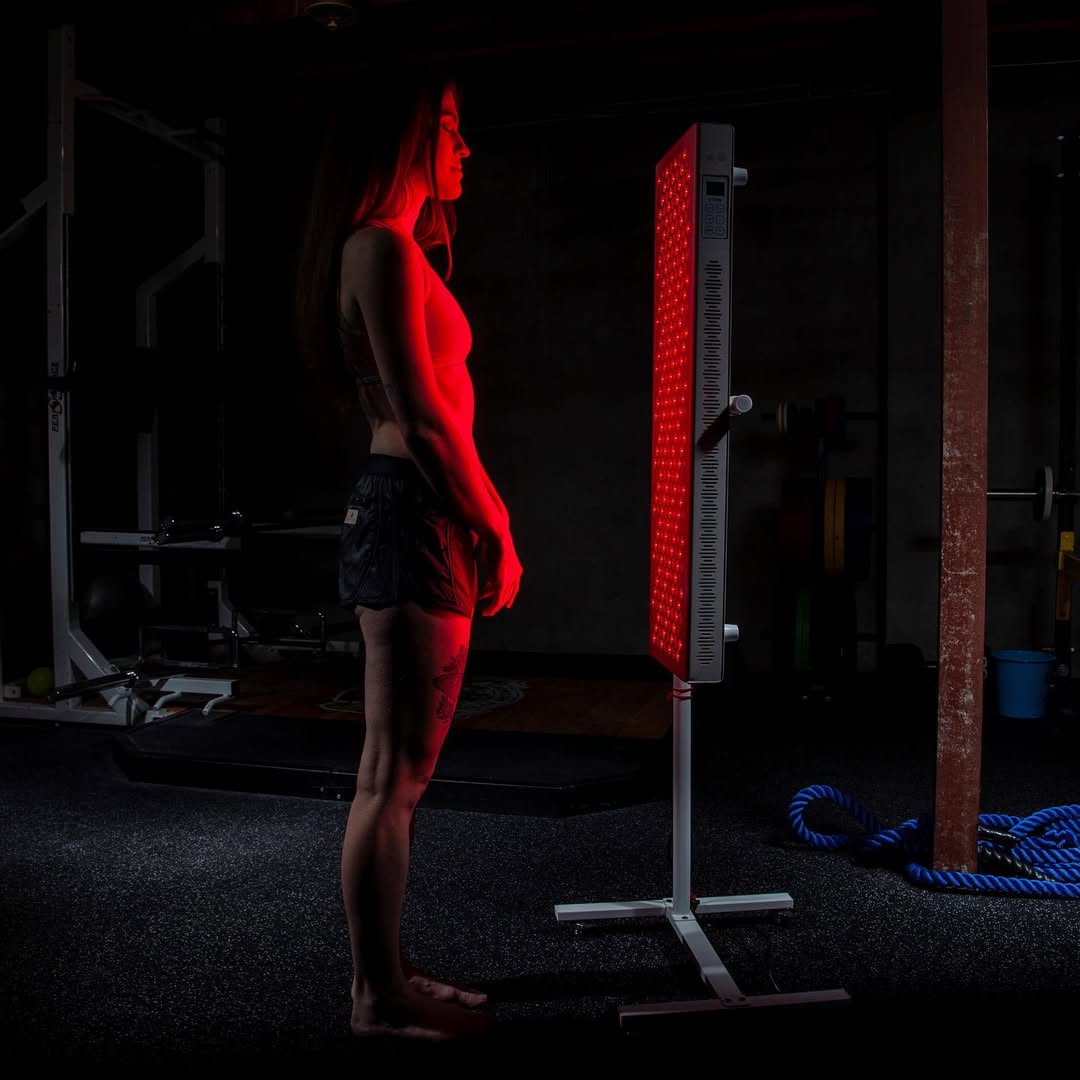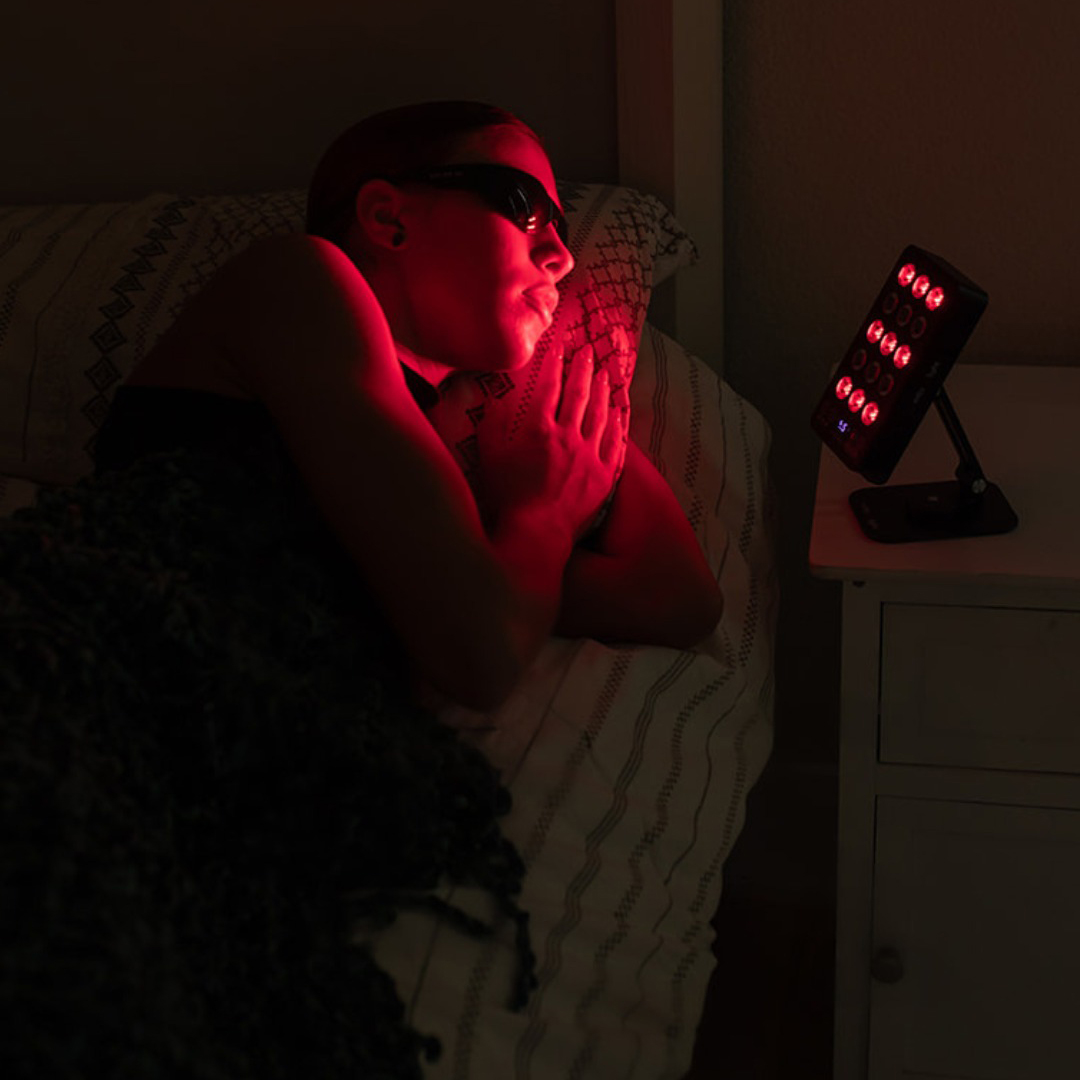![]() Free Shipping
Free Shipping ![]() Buy Now, Pay Later
Buy Now, Pay Later ![]() Eligible
Eligible
Red Light Therapy for Tinnitus: A Ray of Hope for Quieting the Ringing
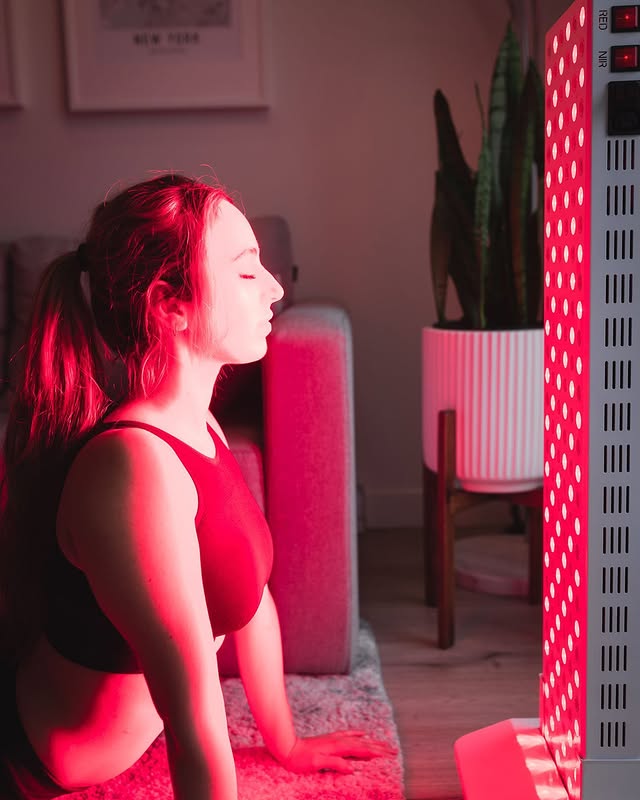
For the millions living with tinnitus, the constant ringing, buzzing, or hissing in the ears can be a source of significant distress, impacting sleep, concentration, and overall quality of life. While there is no universal cure, emerging therapies are offering new hope. Among these, red light therapy is gaining attention from both researchers and sufferers. This article delves into the science, the evidence, and the practical application of using red light for tinnitus relief.
What is Red Light Therapy?
Red Light Therapy (RLT), also known as Low-Level Laser Therapy (LLLT) or Photobiomodulation (PBM), is a non-invasive treatment that exposes the body to low wavelengths of red or near-infrared light.
Unlike harsh surgical or ultraviolet lasers, this low-level light does not heat or damage tissue. Instead, it is thought to work on a cellular level.
Dr. Michael Hamblin, a leading photomedicine researcher, explains: “The primary chromophores (light-absorbing molecules) are thought to be mitochondrial cytochrome c oxidase. Photon absorption leads to increased ATP production, a brief burst of reactive oxygen species, and modulation of transcription factors.”
In simpler terms, the light energy is absorbed by our cells, potentially leading to:
- Enhanced Cellular Energy (ATP) Production: More fuel for cells to repair and function optimally.
- Reduced Inflammation: A key factor in many chronic conditions.
- Improved Blood Circulation: Delivering more oxygen and nutrients to tissues.
- Stimulation of Healing and Repair: Encouraging damaged cells and nerves to recover.
The Science Behind Red Light Therapy for Tinnitus: How Could it Work?
The link between light applied to the ear and a reduction in sound perception isn’t immediately obvious. However, researchers have proposed several compelling mechanisms by which RLT could alleviate tinnitus symptoms.
1. Enhancing Cochlear Blood Flow and Repairing Hair Cells
The inner ear (cochlea) is filled with tiny, delicate hair cells that convert sound vibrations into electrical signals for the brain. Damage to these hair cells is a leading cause of hearing loss and tinnitus. Red and near-infrared light may penetrate the skull and tissues to reach the inner ear, potentially stimulating mitochondrial function in these damaged cells, improving blood flow, and encouraging repair.
2. Reducing Neural Inflammation
Chronic inflammation in the auditory nerve or the brain’s auditory processing centers can contribute to tinnitus. RLT’s well-documented anti-inflammatory effects may help calm this inflammation, thereby reducing the aberrant neural signals interpreted as sound.
3. Modulating Neuroplasticity in the Brain
Tinnitus is now widely understood as a “phantom sound” generated by the brain when it doesn’t receive expected signals from the ear. The brain’s auditory cortex reorganizes itself, creating the perception of noise. Some research suggests RLT can influence neuroplasticity—the brain’s ability to rewire itself—potentially helping to “reset” these maladaptive pathways and quiet the phantom sounds.
What Does the Research Say? A Look at the Evidence
The body of research on RLT for tinnitus is growing but is still considered preliminary. Results are mixed, yet many studies show promising trends.
A 2020 systematic review published in the Journal of the American Academy of Audiology analyzed several clinical trials. It concluded that while the evidence is not yet robust enough to declare RLT a definitive treatment, many studies reported significant reductions in tinnitus severity and loudness with few side effects.
A 2015 Pilot Study noted: “Our results suggest that transcranial LLLT [Red Light Therapy] may be effective in the management of chronic tinnitus. A significant number of patients experienced a clinically relevant improvement in their Tinnitus Handicap Inventory (THI) score.”
Summary of Research Findings
| Study Focus | Key Findings | Limitations |
|---|---|---|
| Combined RLT & Traditional Therapy | Some studies show better outcomes when RLT is combined with sound therapy or counseling compared to either alone. | Small sample sizes. |
| Cochlear Blood Flow | Research using Doppler ultrasound has observed improved blood flow in the ophthalmic artery (which shares a connection with cochlear blood flow) after RLT. | More direct measurement in the cochlea is needed. |
| Long-Term Effects | Anecdotal reports and some studies suggest effects can be cumulative and may require consistent, long-term use. | Lack of large-scale, long-term randomized controlled trials. |
How to Use Red Light Therapy for Tinnitus: A Practical Guide
If you are considering trying red light therapy for tinnitus, it’s crucial to approach it safely and with realistic expectations.
1. Types of Devices
- In-Clinic Treatments: Offered by some audiologists, ENTs, or wellness clinics. This provides access to professional-grade equipment.
- At-Home Devices: These are more common and include:
- LED Wands/Pads: Small devices that can be held near the ear.
- Laser Headphones: Specialized headphones that combine sound therapy with low-level lasers.
- Red Light Panels/Therapy Beds: Larger devices that bathe the whole body or head in light.
2. Recommended Protocol (General Guidance)
There is no single standardized protocol, but common parameters from studies and user manuals include:
- Wavelength: Near-infrared light (around 810-850 nm) for deeper penetration to reach the inner ear.
- Duration: Typically 15-30 minutes per session, applied to the area around and inside the ear canal (if the device is designed for it).
- Frequency: Often used once or twice daily. Consistency appears to be key.
- Course of Treatment: Many users report noticing effects after several weeks or months of consistent use.
Important Note: Always consult with your healthcare provider or an audiologist before starting any new treatment for tinnitus. They can help rule out other underlying conditions and provide guidance tailored to your specific situation.
VELLGUS Elite V2
THE #1 RATED RED LIGHT DEVICE
Potential Benefits and Limitations: A Balanced View
Potential Benefits:
- Non-Invasive and Drug-Free: A low-risk alternative to pharmaceuticals.
- Minimal Side Effects: Generally considered very safe when used as directed.
- Can Be Used at Home: Convenient for daily use.
- Addresses Potential Root Causes: Targets cellular dysfunction and inflammation, rather than just masking the sound.
Current Limitations:
- Evidence is Still Evolving: It is not yet a scientifically proven cure.
- Results are Variable: What works for one person may not work for another.
- Cost: Quality devices can be a significant investment.
- Requires Patience and Consistency: It is not an instant fix.
The Bottom Line: Is Red Light Therapy Right for You?
Red Light Therapy represents a fascinating and promising frontier in the management of tinnitus. While it is not a magic bullet, the scientific rationale is sound, and a growing number of anecdotal reports and clinical studies suggest it can provide meaningful relief for some individuals.
If you have struggled with conventional treatments, red light therapy may be a worthwhile option to explore with the guidance of a medical professional. By harnessing the power of light to support cellular health and reduce inflammation, it offers a beacon of hope for finding moments of quiet in a noisy world.



